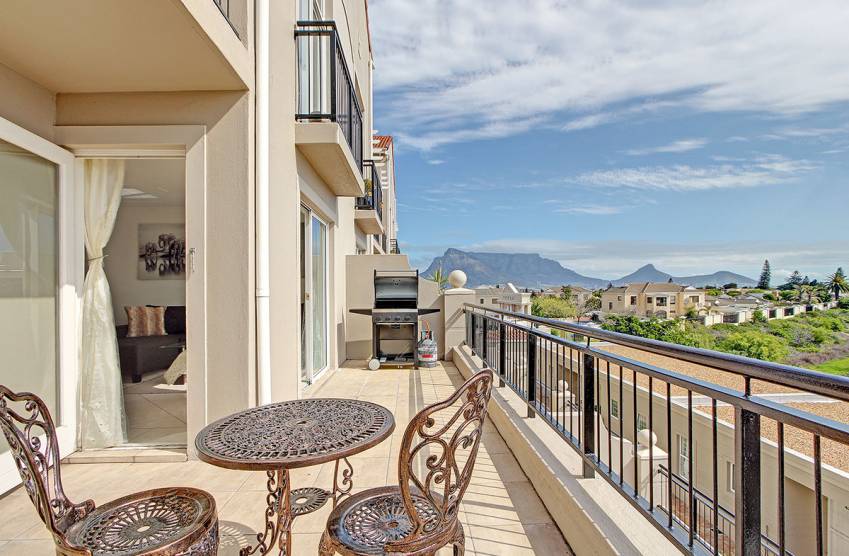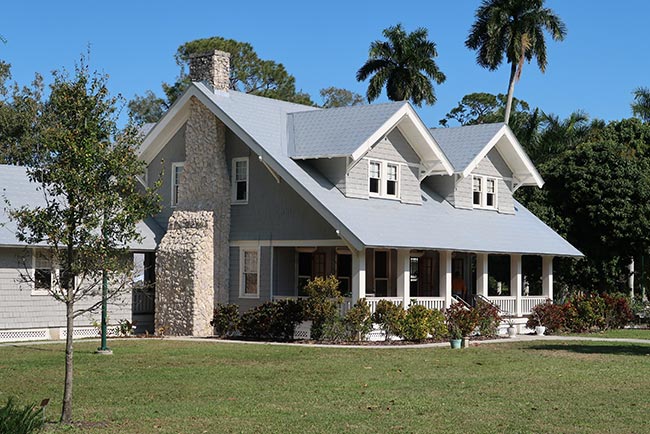Residential rental sector showing real signs of renewal
Note from Susan: Further to the previous article, I am pleased to say the positive forecasts were correct! Most agencies have not been able to keep up with rental demand since January, pushing the rentals to pre-Covid amounts.
The residential rental sector started to show real signs of renewal in the fourth quarter of 2021 with key national property indicators revealing that the sector is through the worst of the economic storm.
This is according to TPN Credit Bureau’s Residential Rental Monitor, stating that based on the current trajectory, further recovery is expected during 2022. However, tenants are likely to continue to be under pressure.
Low inflation and the need to stimulate a fragile local economy during the pandemic resulted in historically low prime interest rates. One of the consequences of this was a perception of cheap capital and artificial demand.This, combined with an increased number of distressed estates and human capital
migration, created an over-supply of property in some areas and, in complete
contrast, hyped demand in previously ignored locations of South Africa. As historical trends have shown, this imbalance will have to correct itself in time.


The low number of property transfer that occurred in 2020 was no surprise. A bigger
surprise is that 2021 recorded an even lower number of property transfers.
Another concerning trend was the decline of cash property purchases, despite the fact
that financial institutions are still providing home loans.
While the economy grew 1.2% in real terms during the fourth quarter of 2021, this growth did not translate into job creation. Unemployment – the biggest challenge facing South Africa – reached a record high of 35.3% in Q4 of 2021
However, while full-time employment decreased, part-time employment grew by 16.5%. These trends are likely to impact the residential rental market.
Encouragingly, TPN’s Residential Rental Monitor reveals that nationally, the number of tenants in good standing continued to improve. Tenants in good standing are those whose accounts have been settled in full by the end of the month including any arrears.
At the end of 2021, 81.4% of tenants nationally were in good standing. On average, the percentage of tenants in good standing has been improving since the hard lockdown low of Q2 in 2020. However, some rental bands are not yet on the road to recovery. The below R4 500 rental band, for example, continued to struggle to break through the 80% good standing mark.
The best performing rental segment were those renting for R7 000 to R12 000
per month with 87.29% in good standing. This rental band also delivered
the lowest did not pay number at just 4.2%.
Tenants paying a monthly rental of between R12 000 and R25 000 were the
second-best performers with 86.10% in good standing and only 4.71%
falling into the did not pay category. This sector of the rental market
had the lowest vacancy rate of all rental bands at just 10.23%.
Western Cape is performing well and has the second-best number of tenants in good
standing at 85.99%. Escalations are also back in positive territory and
property prices in the province are healthy.
While all indications are that the property sector is through the worst of the pandemic
induced crisis and showing signs of recovery, landlords need to be aware that
tenants will continue to be placed under pressure as a result of rising
interest rates, geopolitical events fanning the flames of inflation,
persistently high unemployment and more recently, the floods in KwaZulu-Natal.
The rental market may see an increase in risk as more consumers come to rely on
part-time income streams to address the rising cost of living. It will become
increasingly difficult to rely solely on employment status to determine tenant
risk in the foreseeable future as tenants require innovative new ways to make
and supplement their incomes.
The key to successful property investments will be to select the right location, find
the right tenant and ensure that they remain prompt payers while at the same
time managing and minimising costs as far as possible.
Article referenced from https://bit.ly/3NeR6dR







